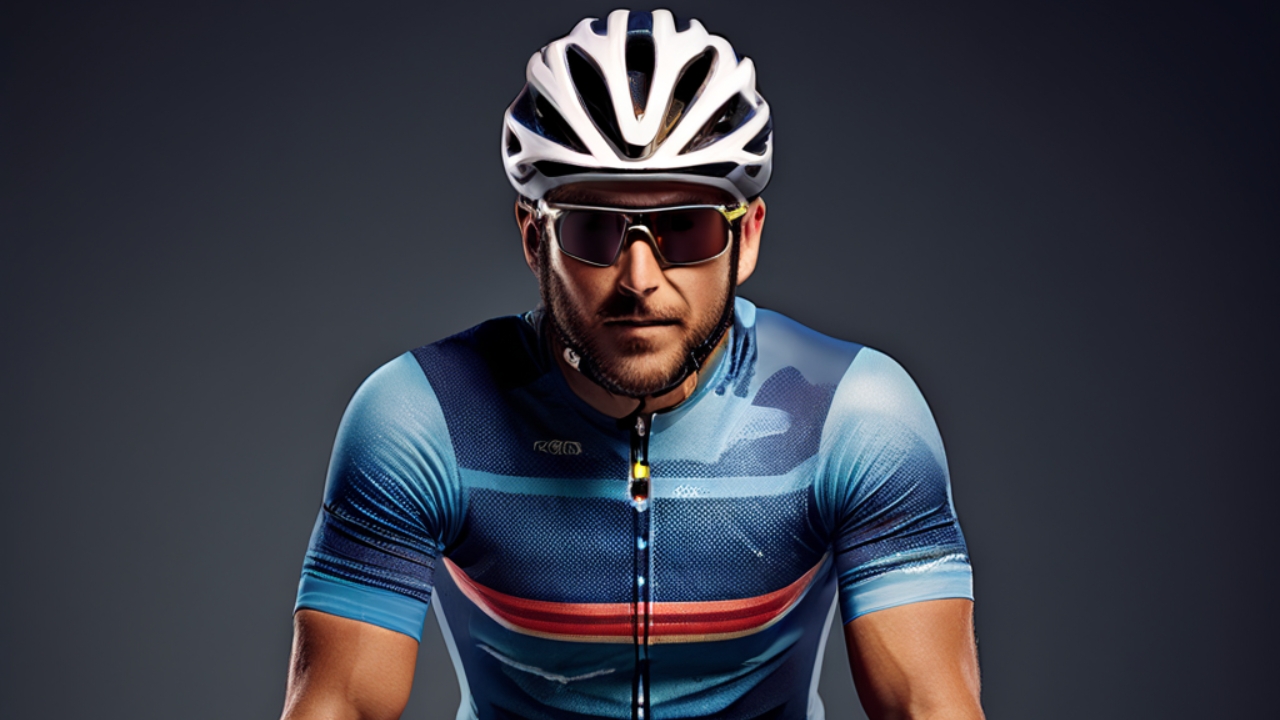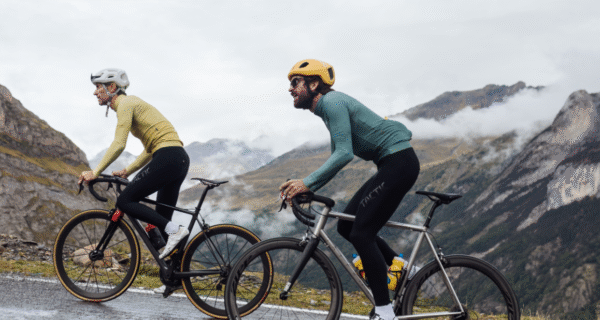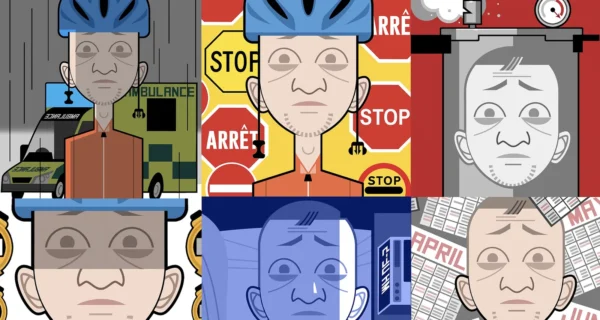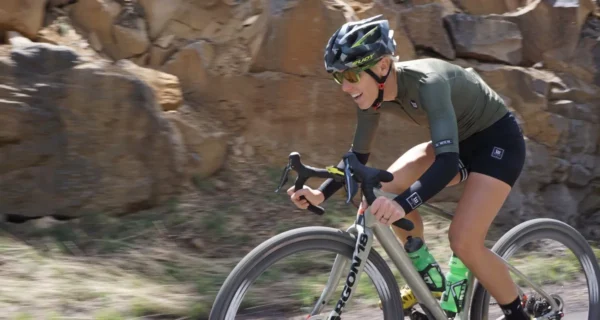Cycling shorts should fit snugly without being restrictive. They should not cause discomfort or restrict movement.
Cycling shorts are essential for a comfortable ride. Proper fit is crucial to prevent chafing and ensure maximum performance.
They should feel like a second skin, providing support without constriction. Good cycling shorts often have padded chamois to enhance comfort during long rides.
Opt for materials that wick moisture and offer breathability. A well-fitted pair enhances aerodynamics and reduces friction.
Pay attention to the waistband and leg grippers to avoid slipping and bunching. Investing in quality cycling shorts can significantly improve your cycling experience, ensuring both comfort and efficiency on the road.
The Importance of Proper Fit
Cycling shorts must fit snugly but not too tight. Loose shorts can cause chafing, and they should have padding.
This helps to reduce pressure. The fabric must be breathable, keeping you cool and dry. Proper fit ensures better comfort, so you can ride longer without pain.
A good fit improves cycling performance. It allows for better movement. Tight shorts reduce wind resistance.
This makes you faster. A good fit can reduce muscle fatigue, allowing you to ride stronger for longer. The right shorts help with better blood flow, increasing endurance and speed.
Anatomy of Cycling Shorts
Cycling shorts use special materials, such as Lycra and spandex. These materials stretch well and fit close to the skin.
This helps reduce air resistance. Some shorts have moisture-wicking fabric. This keeps the skin dry. Chamois padding is important.
It provides comfort on long rides. Good cycling shorts have flat seams, which prevent skin irritation. Waistbands should not dig into your skin.
Pro tip: Using an indoor cycling training app can help you test your shorts’ comfort and performance during different workout intensities before long outdoor rides.
Leg grippers keep shorts in place. Reflective elements add safety in low light. Some shorts have pockets.
These are useful for small items. Always choose the right size. This ensures comfort and efficiency.
Types of Cycling Shorts
Road cycling shorts are tight and smooth, reducing air resistance. Mountain biking shorts are loose and rugged, offering more protection.
Both types have padded areas, which help during long rides. Choose the type that fits your activity. Bib shorts have straps over the shoulders.
They stay in place better. Waist shorts are like regular shorts. They have an elastic band at the waist. Many cyclists prefer bib shorts. Waist shorts are easier to put on and take off.
Sizing: Getting it Right
Cycling shorts should fit snugly without being restrictive, ensuring maximum comfort and performance. Proper sizing prevents chafing and enhances muscle support.
How to Measure Yourself
Use a flexible tape measure. Measure around your waist at the narrowest point. For hips, measure at the widest part. Write down these numbers.
Always measure yourself standing up. Make sure the tape is snug but not tight. Wear minimal clothing to get accurate measurements. Double-check your measurements for accuracy.
Sizing Charts Demystified
Brands have different sizing charts. Check the brand’s chart before buying. Compare your measurements to the chart. Look for a size range that includes your numbers.
If between sizes, choose the larger size. Some brands offer size guides online. Use these guides to help you decide. Ensure you check for any special notes. Sizes can vary by style or material.
Fit Criteria for Optimal Comfort
The waistband should be snug but not too tight. It should sit comfortably on your waist and not dig into your skin. Elasticity is key for a good fit.
The waistband should stretch but return to shape, keeping the shorts in place. Leg grippers prevent shorts from riding up. They should be held gently without squeezing.
The length should cover most of your thigh. It should not be too long or short. The shorts should not cause discomfort. A good fit prevents chafing and irritation.
Chamois Positioning and Padding
The chamois should sit under your sit bones and not move. Proper placement ensures comfort. The chamois should not be too far forward or too far back. Padding thickness varies by brand.
Some are thick, and some are thin. Choose what feels best for you. Density affects comfort and support. High-density padding offers more support, while low-density padding feels softer.
Testing the Fit: Practical Tips
Try on different sizes. Walk around in them. Sit on a bike seat. Check for any pinching. Ensure no loose fabric around the waist.
Move your legs. Ensure no bunching around the knees. Ask staff for advice. Stand, walk, and sit while wearing them. Ensure you feel comfortable.
Wear the shorts at home. Check for tightness around the waist and for no sagging at the back. Bend your knees and check for comfort. Cycle for a few minutes.
Check for any discomfort. Ensure there is no chafing around the inner thigh. Move freely and ensure there are no restrictions. Wash and wear again to test fit. Confirm that the fit remains comfortable.
Care and Maintenance of Cycling Shorts
Wash cycling shorts after each use. Turn them inside out before washing. Use cold water and mild detergent.
Avoid fabric softeners and bleach. Air dry them to prevent damage. Do not use a dryer. Follow these steps to keep shorts clean.
Store shorts in a cool, dry place. Avoid direct sunlight to prevent fading, and regularly check for wear and tear.
Replace worn-out shorts for best performance. Wash them in a garment bag, which helps protect the fabric. Follow these tips to extend their life.
Common Fit Problems and Solutions
Chafing is a common problem for cyclists. Shorts should have flat seams, which reduce friction on the skin. Also, choose shorts with moisture-wicking fabric, which keeps sweat away and reduces chafing.
Anti-chafing cream can help, too. Ensure the shorts are snug but not too tight. They should stay in place during rides.
Check the waistband. It should be firm but comfortable. Leg grippers should be secure but not restrictive. Try different brands and styles. Everyone’s body is different.
Innovations in Cycling Short Design
New fabrics make cycling shorts lighter and wick sweat better. Padding is now more comfortable and reduces pressure on key areas.
Seamless designs prevent chafing, improving comfort on long rides. Elastic bands keep shorts in place and improve blood flow.
Reflective strips add safety in low light. Future designs will use smart fabrics. These fabrics can monitor body metrics. They will track heart rate and temperature.
Shorts will be more customizable. Cyclists can choose padding thickness. Eco-friendly materials will become more common.
This helps reduce environmental impact. 3D printing may allow for perfect fits, and each short could be unique to the rider.
Frequently Asked Questions
How Snug Should Cycling Shorts Be?
Cycling shorts should fit snugly without being restrictive. They should feel like a second skin, allowing full movement. Proper fit ensures comfort and reduces chafing.
How to Tell If Cycling Shorts Fit?
Cycling shorts should feel snug but not tight. They shouldn’t pinch or restrict movement. The chamois should align comfortably. No fabric bunching or gaps should occur. You should feel supported without discomfort.
Should Bike Shorts Be Tight or Loose?
Bike shorts should be tight. Tight shorts reduce chafing and offer muscle support, while loose shorts can cause discomfort during rides.
Should You Size Up or Down in Bike Shorts?
Choose bike shorts that fit snugly without being too tight. Proper fit ensures comfort and prevents chafing.
How Tight Should Cycling Shorts Be?
Cycling shorts should fit snugly but not restrict movement. They should feel like a second skin.











